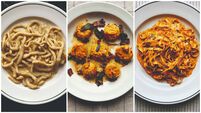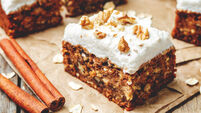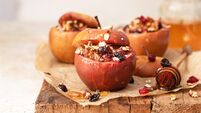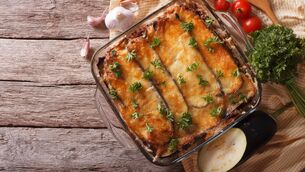Darina Allen: How to make a Saint Brigid’s Day cake to celebrate the start of spring
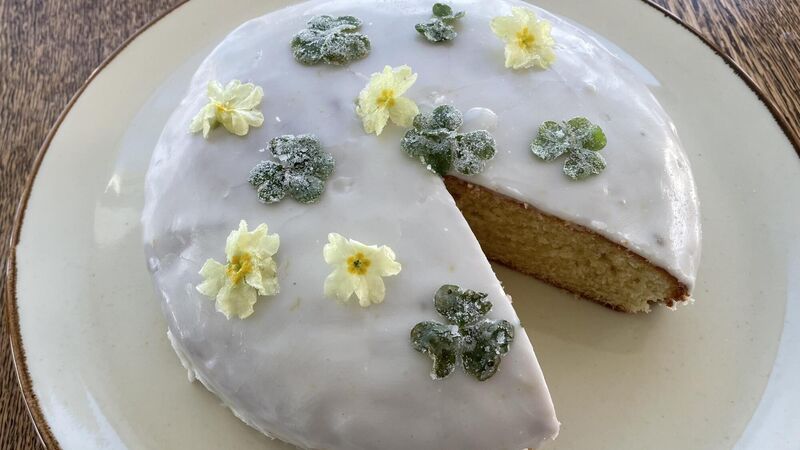
Saint Brigid’s Day Cake with Crystallised Primroses and Wood Sorrell
I just picked some enchanting little primroses in the garden; my tummy literally skipped when I saw them peeping out from behind a timber seed tray under a beech tree in the vegetable garden. I’m bringing them into the kitchen to crystallise and decorate my Saint Brigid’s Day cake.





